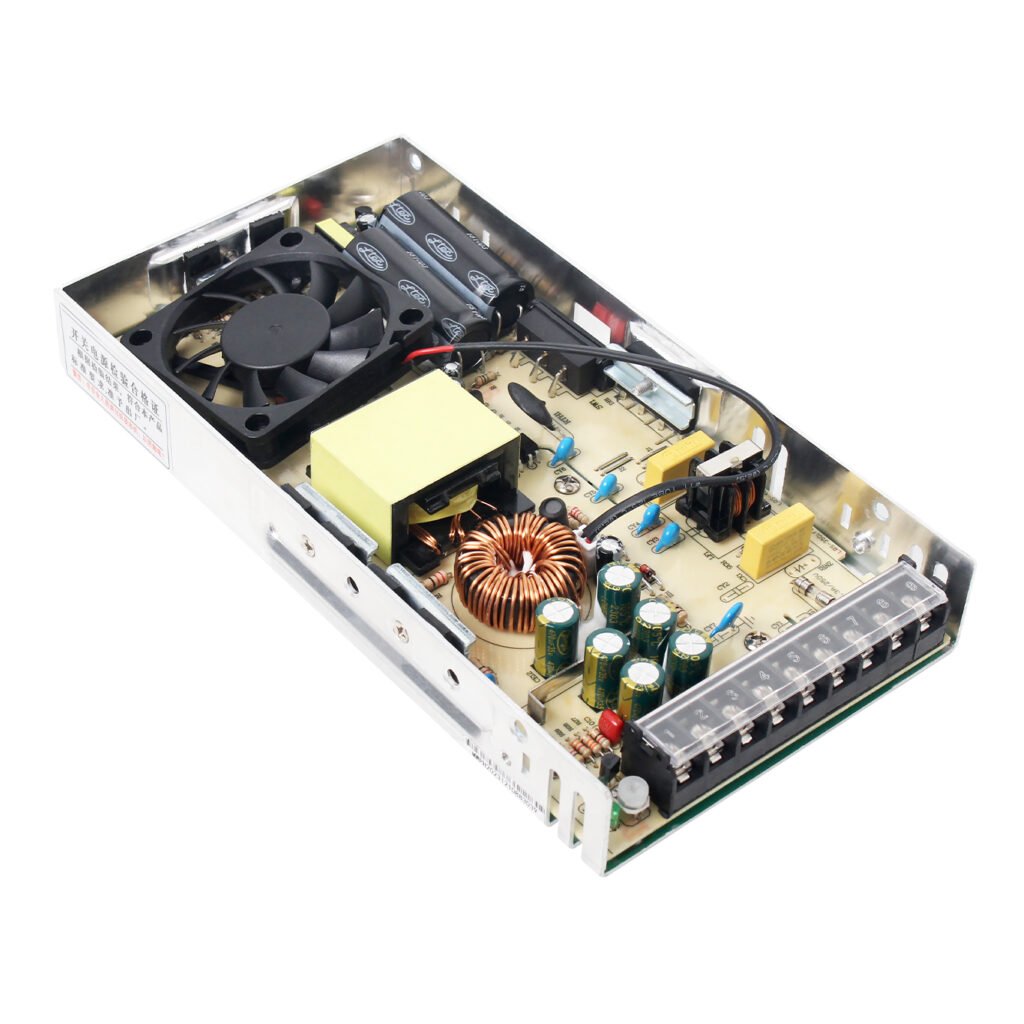
The SMPS PWM Controller (Switch Mode Power Supply Pulse Width Modulation Controller) is a vital component in the operation of switch mode power supplies (SMPS). Below is a detailed explanation of its function, principles, characteristics, types, applications, and future trends in English:
Function
The SMPS PWM Controller regulates the output voltage and current of a switching power supply by modulating the pulse width (duty cycle) of the control signal applied to the switching elements (such as MOSFETs). It ensures stable and efficient power conversion.
Working Principles
- Input Voltage Sensing: The controller first senses the input voltage to ensure it is within the acceptable range.
- Feedback Loop: A closed-loop feedback system is employed, where the output voltage or current is continuously monitored and compared against a reference value.
- PWM Signal Generation: Based on the error between the actual output and the reference, the controller adjusts the duty cycle of the PWM signal, controlling the on-time and off-time of the switching elements.
- Switching Element Control: The PWM signal directly controls the switching elements, such as MOSFETs, to rapidly switch the input voltage on and off, thereby regulating the output voltage and current.
Characteristics
- Efficiency: High efficiency is achieved by precisely controlling the switching elements’ operation.
- Stability: The closed-loop feedback ensures stability in the output voltage and current, even under varying load conditions or input voltage fluctuations.
- Adjustability: The output voltage and current can be easily adjusted by modifying the PWM signal’s duty cycle.
- Protection: Incorporates protection mechanisms against overcurrent, overvoltage, and undervoltage to ensure safe operation.
Types
Several types of SMPS PWM Controllers exist, including fixed-frequency PWM controllers, variable-frequency PWM controllers, and digital PWM controllers. Each type has its unique characteristics and is suited for different applications. For instance, digital PWM controllers offer higher precision and flexibility, making them ideal for demanding power supply requirements.
Applications
SMPS PWM Controllers are ubiquitous in electronic devices, such as computers, communication systems, consumer electronics, and industrial equipment. They are responsible for converting the input voltage into a stable and regulated output voltage suitable for powering various electronic components.
Future Trends
As electronic technology advances, SMPS PWM Controllers are expected to evolve further. Future trends may include:
- Increased Efficiency: Higher conversion efficiencies will be pursued to reduce power loss and improve energy efficiency.
- Enhanced Precision and Control: With the integration of advanced microcontrollers and digital signal processing techniques, controllers will offer finer control and higher precision.
- Intelligent Features: Integration of intelligent features, such as predictive maintenance and self-diagnosis, will improve reliability and reduce downtime.
- Smaller Footprint: Miniaturization will continue, enabling the use of smaller and lighter SMPS in portable devices.
In conclusion, the SMPS PWM Controller is a crucial element in switching power supplies, enabling efficient and stable power conversion. Its continuous evolution will contribute to the development of more advanced and reliable electronic systems.
